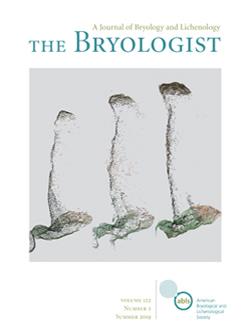Biodiversity assessments are currently routine in most countries for measuring the impact of environmentally damaging projects. In order to properly document the species diversity occurring at a given locality, a fine understanding of the life history of each taxonomic group is needed. Thus, organism groups whose life cycle is poorly known may be overlooked in floristic assessments and underrepresented in natural history collections. This may lead to incomplete sampling and eventually inappropriate estimates of the local diversity and the extinction risks of certain taxa. Here, we study ephemeral bryophytes in central Chile semi-arid ecosystems. We selected Costesia macrocarpa, a Chilean endemic moss, as a model to demonstrate the consequences of omitting the life cycle information of a taxon when assessing its extinction risk, and for plant species diversity estimation in a given area. Based on winter sampling, we found that Costesia is not a vulnerable nor a nearly-threatened taxon, as has been previously suggested. Our findings reveal that it is ubiquitous throughout central Chile during the wet season, with no observed risk of extinction. These observations can be applied to several other little-known ephemeral bryophyte taxa found in central Chile.
How to translate text using browser tools
13 June 2019
Hidden in plain sight: how overlooking ephemeral bryophytes can bias biodiversity assessments and conservation actions
Juan Larraín,
Diego Alarcón,
Víctor Ardiles,
Cristian Atala
ACCESS THE FULL ARTICLE

The Bryologist
Vol. 122 • No. 2
May 2019
Vol. 122 • No. 2
May 2019
Anthocerotophyta
biogeography
Bryophyta
Chile
Costesia macrocarpa
Marchantiophyta
Mediterranean




